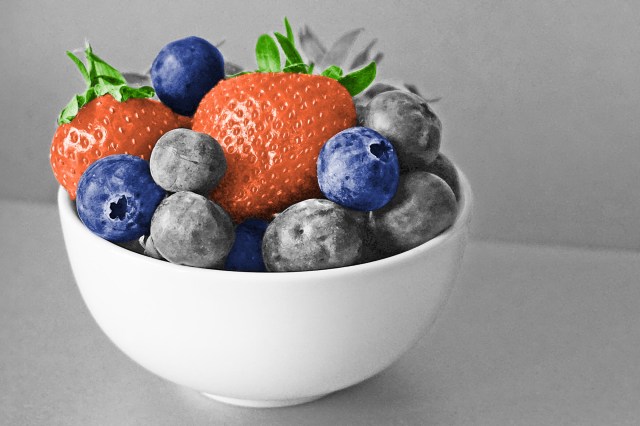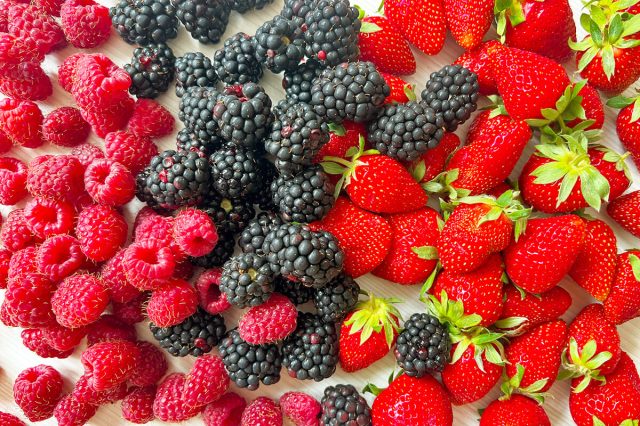
Not All Fruits We Call “Berries” Are Actually Berries
Not all the food we refer to as “berries” are scientifically considered berries. The shocking truth is that fruits such as grapes, bananas, avocados, eggplants, tomatoes, and even cucumbers are biologically considered berries, but strawberries, raspberries, and blackberries are not.
This distinction comes down to the way the fruit grows: True berries grow from an individual flower with one ovary, versus growing from an individual flower with multiple ovaries. The latter category — which includes strawberries, raspberries, and blackberries — are actually classified as aggregate fruits: After pollination, each ovary forms a small drupelet, and these drupelets cluster together as a group of tiny, seed-filled bumps like you see on a raspberry. Not everything you thought you knew is a lie, however: Blueberries and cranberries are indeed true berries.

“Berry” Originally Meant “Grape”
So why the confusing nomenclature around berries? The name can be traced back to the Old English word “berie,” which originally meant “grape,” as in the fruit from a grapevine. If you think of the foods we refer to as berries, they share similar characteristics to grapes: small, juicy, fleshy, and sweet.
Over time, as Europeans colonized the Americas and the English language spread, the term was applied to other fruits, such as strawberries, simply because they were small and sweet. Eventually, a more precise scientific definition of the word “berry” came along, but despite their biological classification, these fruits had already been called berries for centuries, so the name stuck.
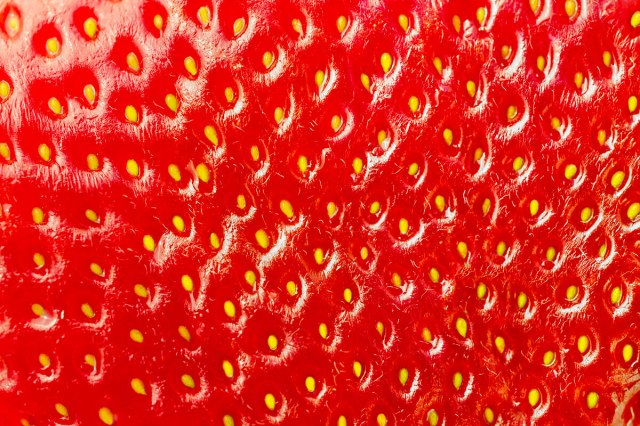
Strawberry Seeds Aren’t Technically Seeds
One of the strawberry’s defining characteristics is its flecked flesh, dotted with a myriad of tiny seeds — often cited as an oddity given that most fruits carry their seeds on the inside. But these aren’t technically seeds at all: Each speck on a strawberry is a tiny fruit in its own right. Known as achenes, these small, dry fruits surround the real seed inside.
An average-sized strawberry has about 200 achenes, so when you eat a single strawberry, you’re actually eating hundreds of tiny fruits — ones that happen to be super rich in antioxidants. Of course, a strawberry’s red flesh is the tasty part, but it’s merely the structure, known as a receptacle, that helps protect and support the actual fruits and their seeds.
More Interesting Reads
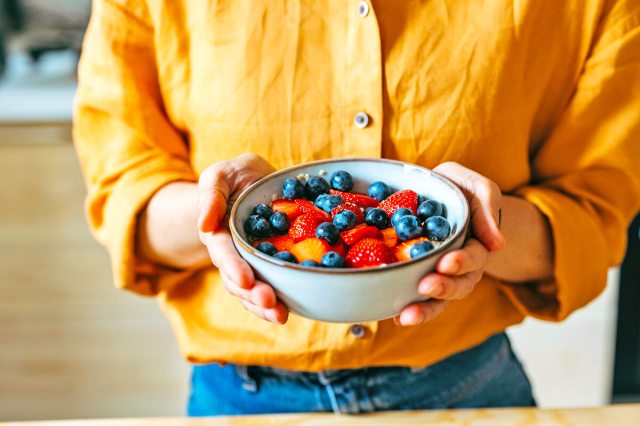
Berries Boost Your Brain
We often hear about the health benefits of eating berries: They’re rich in vitamins and high in fiber and are a great source of antioxidants, which are believed to help protect cells against damage. They may also be a great brain booster — studies have shown berries can activate a natural “housekeeping” mechanism in your brain called autophagy. This process helps clear out toxic proteins and waste that have been linked to age-related memory problems, making way for healthier cells to thrive.
In one study, blueberries and strawberries were shown to improve behavioral abnormalities and cognitive function, suggesting that regular consumption of berries can protect the brain from this oxidative stress, which is essentially an imbalance between harmful molecules and the antioxidants that protect the body.
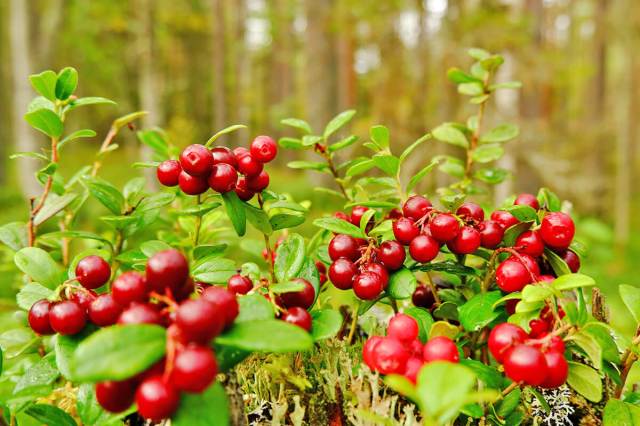
Cranberries Were Used as Vital Medicine
Long before they became popular as a holiday side dish, cranberries were used for medicinal purposes by Native American tribes. The tart berries were ground up and used as a paste to treat wounds, purify the blood, alleviate stomach issues, and treat fevers. Cranberries were also an important food source and were often eaten raw or mixed with other ingredients including meat and fat to create something known as a pemmican — a nutritious and high-protein energy bar of sorts.
Historians also believe early American settlers ate cranberries to fight off scurvy, although the settlers didn’t fully understand the nutritional reasoning. In a time before people knew about the health properties of vitamin C, they simply thought the berry’s sour quality drew ailment-causing salt out of the body. Cranberries are still used and studied for their health benefits, including their role in supporting urinary tract health.
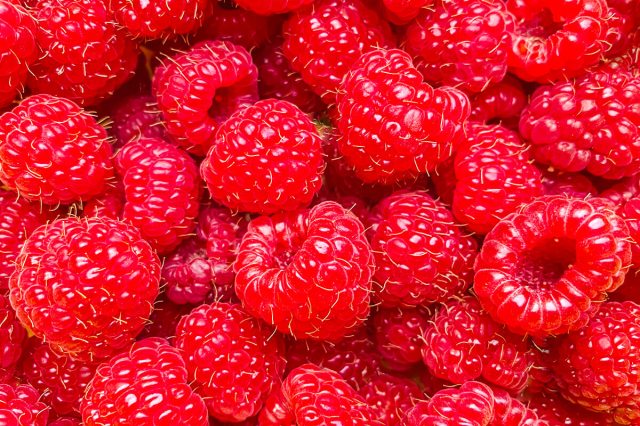
Those Berry Hairs Are Important
The teeny-tiny hairs on raspberries certainly give them a unique texture, but they’re also very important for the berry’s growth and perseverance. There are two different types of these hair-like structures. The fine, fuzzy, fur-like covering are the plant’s trichomes, which most non-aquatic plants have as a built-in protection mechanism. The more coarse, dried-out strands are called styles; they’re part of the raspberry plant’s reproductive organs and play a major role in helping catch the pollen that make the fruit grow. After the berries ripen, the styles dry out but stay attached, giving raspberries (and blackberries) their signature “hairy” look.

